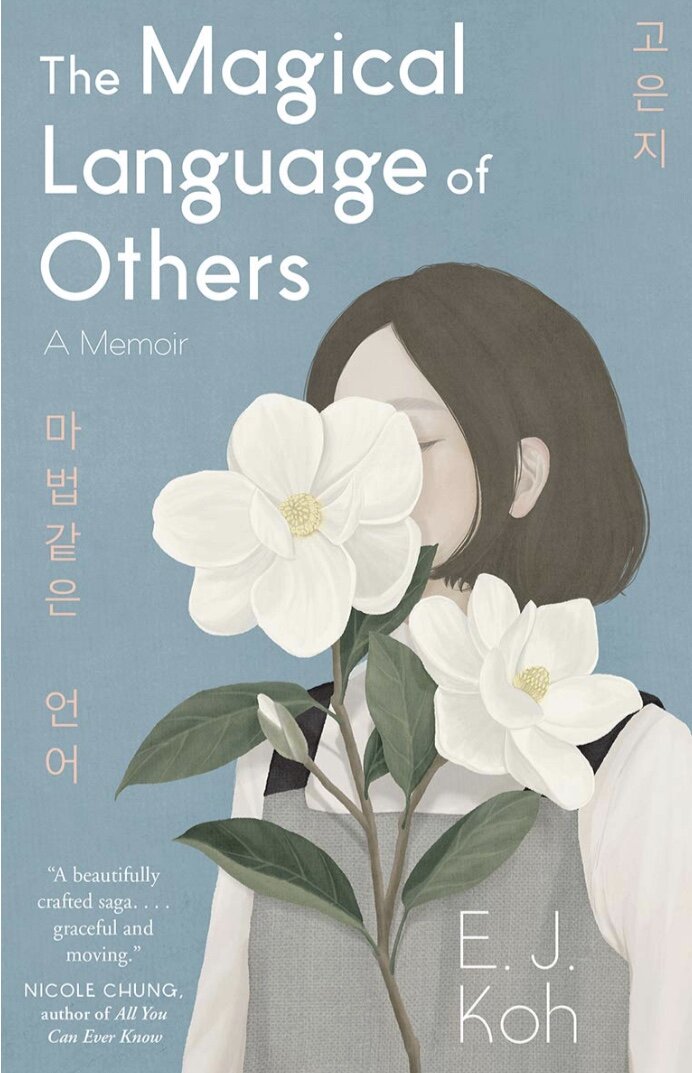Snow Hunters by Paul Yoon (Simon & Schuster)
Isolation is a state that many of us have found ourselves in during this period of history. Whether we’re going though it alone or with our families, we’ve been sealed off from activities that in the past have made us happy—going to a library, roaming through a museum, meeting a friend for lunch, or even getting on public transit without feeling apprehensive.
Some of us have also known the isolation that comes from spending long periods of time in another country where we don’t speak the language and where we sometimes take refuge in memories of a world where once we were understood. But what happens if we find our memories too painful to revisit for more than a moment or two? Where to go then?
When Yohan disembarks from a ship on which he was the only passenger, he leaves behind the sailors from his country with whom he exchanges goodbyes in Korean, “not knowing when he would ever hear it again.” He enters a place that’s filled with a warmth he’s never felt in his life, bringing with him only a letter of introduction to a man he’s never met, and an umbrella tossed to him by a girl he’s never seen before, a gift of silent welcome as he walks into a new world.
Yohan, still young, has come from two years spent in an American prison camp in South Korea, leaving it a year after the war ended. Refusing repatriation to the Northern mountain village that once was his home, he’s sent to Brazil with the basic skills he learned while he was imprisoned, “mending the clothes of the dead.”.
Working with Kiyoshi, a Japanese tailor who has already gone through the process of “adjusting to a foreign rhythm...pretending to understand,” Yohan is quiet, doing simple tasks and exploring his new city while running errands for the tailor shop. He avoids memories--of finding his childhood friend Peng on a military train, of guiding him through the prison camp after Peng is blinded in battle, of watching his only friend release his hold on life and float away while the two of them are taking baths in a treacherous campside river.
He vividly sees himself on the train with Peng, glimpsing a family who rummages through devastated houses, burrows into a field of frozen wreckage and emerges with their hands cold, glistening, and seemingly empty. “Snow hunters,” Peng says, as the train carries the boys away from a world that will never belong to them again.
Slowly Yohan gains his footing in this new country, learning enough words to guide him into friendships where he can exist with minimal speech: with Kiyoshi, with Peixe,a crippled man who tends the city’s cemetery, and with a boy and a girl, Santi and Bia, two youthful nomads who have only each other, who vanish without explanation but always return. Bia is the girl who tossed him “the gift of an umbrella in the morning rain,” a present that Yohan keeps while slowly becoming part of this foreign place through the companionship of other outsiders. With one question of three short syllables, he finally abandons his memories of empty snow, his life lived in the present tense, and “enters the future.”
Snow Hunters is a gift that shows how isolation can melt away through the acceptance of a new way of life. Its quiet poetic language and delicate celebration of small pleasures are enhanced by an unlikely and tentative love story, giving hope to anyone lucky enough to read Paul Yoon’s wise and reassuring masterpiece.~Janet Brown







